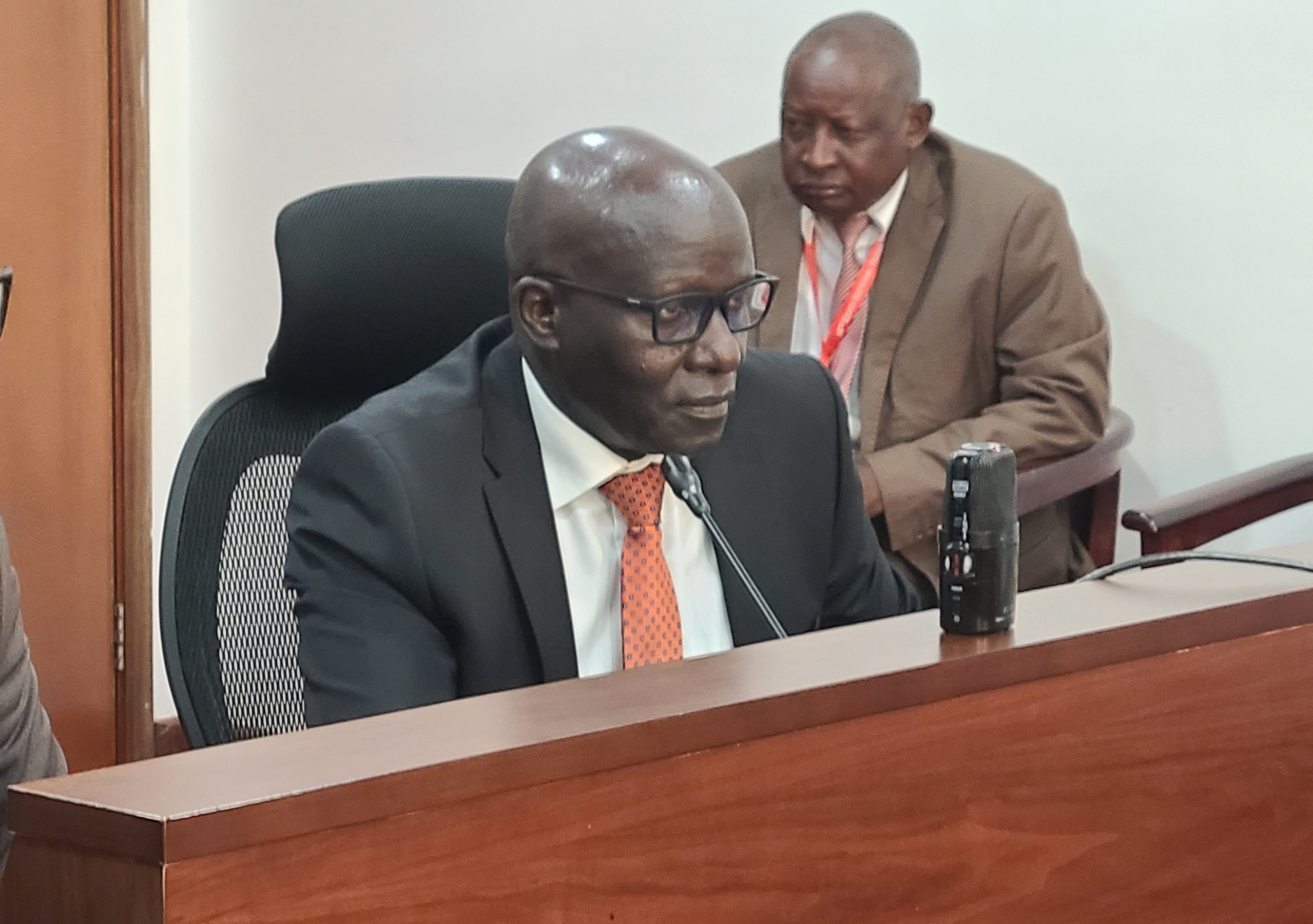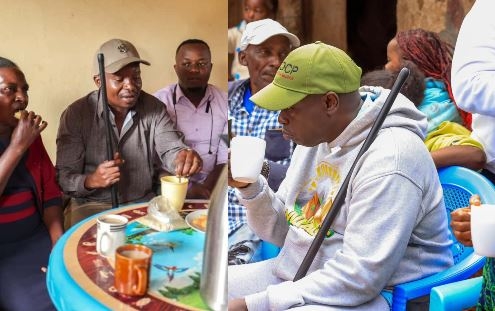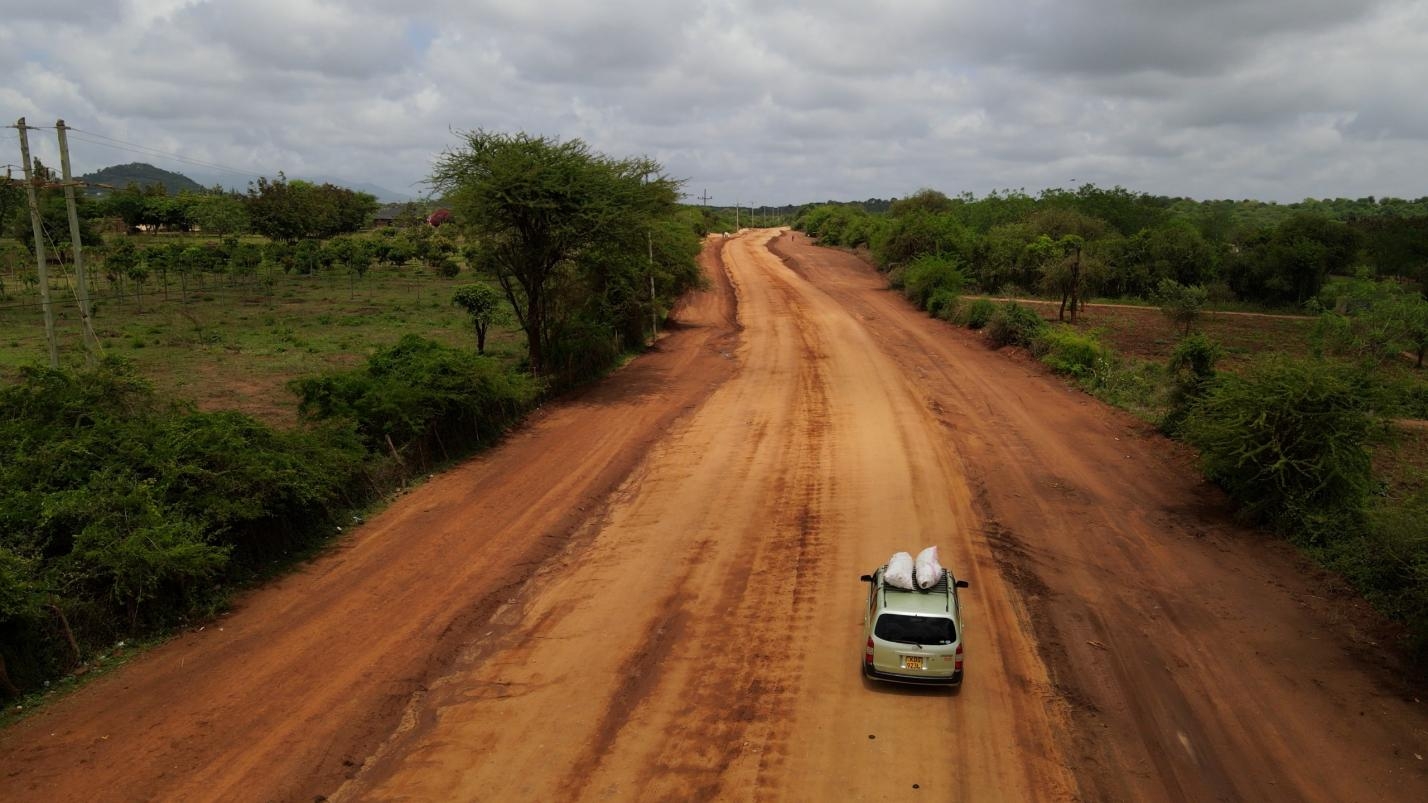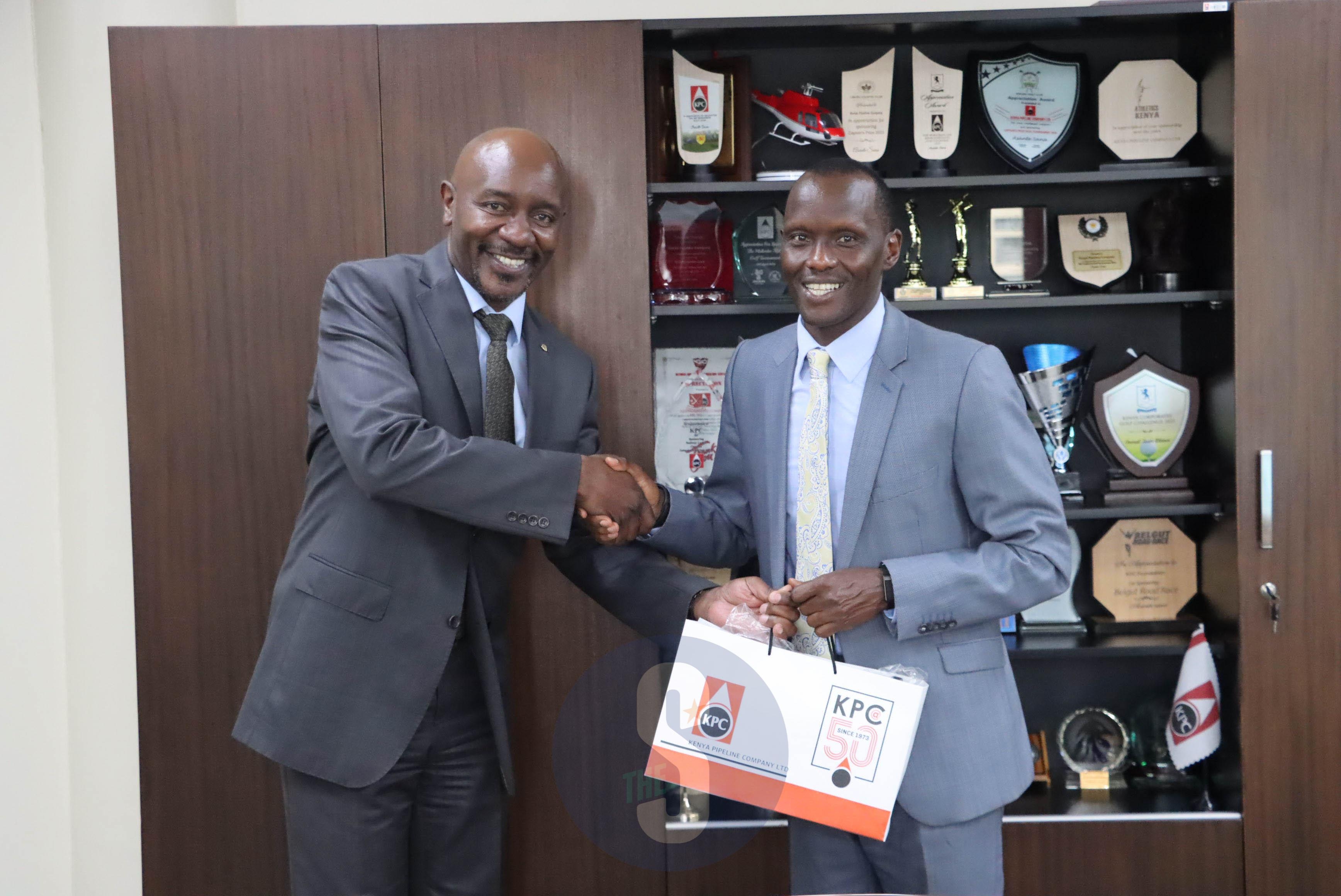The rising water levels around Lake Naivasha have displaced tens of wild animals and caused a pasture crisis.
The waters have pushed the animals into nearby farms and estates, with cases of buffalo and hippo attacks targeting human beings on the rise in the last two months.
In the period, at least five people, mainly foot-fishermen who fish along the shorelines, have been killed, and scores of others maimed by the animals.
Early in the week, one man was killed by a hippo and another seriously injured in Kasarani, North Lake as water levels in the lake continued to rise.
According to Francis Muthui, the chairman of Friends of Lake Naivasha, more than 10 people have been killed or injured by the straying wild animals in two months.
He identified Kihoto, Kasarani, Tarambeta, Kongoni, Marula and Kamere areas as the most affected by cases of human-wildlife conflict.
Since the lake burst its banks, acres of pasture land and access corridors have flooded, pushing the animals into human settlement.
“The animals, mainly hippos and buffaloes, have been pushed into human settlement, hence the rise in the attacks, where some people have lost their lives,” he said.
Muthui fears the attacks could increase in the coming days as the lake levels continued to rise, flooding nearby estates, farms and hotels.
“Currently, a third of Kihoto estate and tens of small-scale farms and hotels are under water caused by the recent heavy rains,” he said.
Grace Nyambura, the chair of Lake Naivasha and Oloidien boat owners’ association, said foot-fishermen were the most affected.
This is the second time in four years that the lake has burst its banks, displacing both human and wild animals around the lake, she said.
“Some of the hippos and buffaloes are straying into nearby estates and in the process, several people, mainly foot-fishermen, have come under attacks,” Nyambura said.
A resident of Kihoto estate, Michael Wainaina, said the animals had caused an ‘artificial curfew’, with residents forced to be indoors by 6pm.
He said it was a common phenomenon to spot the animals as early as 5pm in sections of the estate, which is home to tens of flower farm workers.
“We are living in fear of the wild animals and disease outbreak as the water levels have also flooded our boreholes and latrines,” he said.















